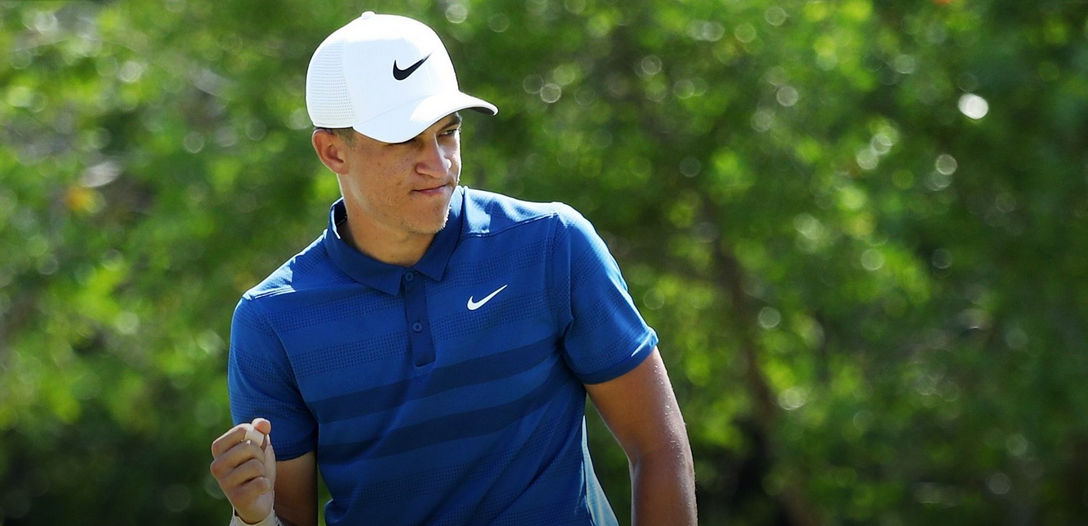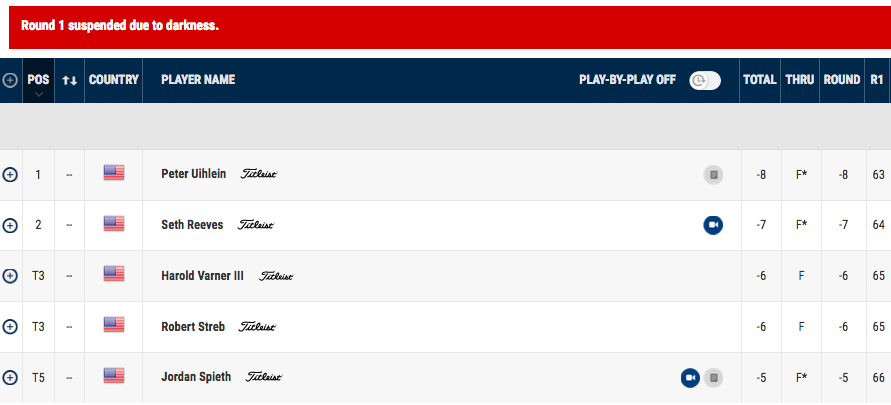Now, I’ve scanned Google News for players mentions of accruing FedExCup points as their motivation to play this fall and haven’t found one yet. Still, Commissioner Jay Monahan says the appearances by some big names this fall is all about FedExCup points positioning. From Rex Hoggard’s GolfChannel.com story:
“You are seeing right now at the first part of the season more top players playing and trying to get themselves in position as we flip the switch and get into the new year,” Monahan told GolfChannel.com. “It’s important not to be too far behind and to be in a solid position for the FedExCup.”
It’s important, but not nearly as important as getting into majors or winning them.
“Given where we are now with the significance of the FedExCup and now the Wyndham Rewards Top 10 and a shorter season with fewer at-bats in the playoffs, the significance of these fall events has grown. The support they get from the markets they play in and the sponsors has grown and they are as critical a part of the season as any,” Monahan said.
Hard sell alert!
Golf is still about the majors and for viewers, sponsors and players, January-July. So while the Wyndham Rewards could be the real reason Jordan Spieth is playing in Mexico this week, they likely are not given that he heard from his buddies what a great event the Mayakoba Classic is (as the story notes).
There is one disconcerting takeaway from Hoggard’s story: increased fall starts may be a response to the crowded 2019 schedule and the expected need to drop starts to deal with a compacted schedule.
Monahan concedes that the flow of the new schedule will likely create an extended learning curve for players who must now find places to take breaks in order to play their best when it matters the most at the majors. One of the likely ways players will do that is to add to their fall schedules.
So stars may subtract a stop or two during the bread and butter portion of the season when the most eyeballs are on the sport. Something to remember when the old Bob Hope Classic can’t get a sponsor or events like Bay Hill struggle to draw a star-studded field.
To put it another way, selling FedExCup sounds more important to the PGA Tour than the individual tournaments doing the heavy lifting and charitable contributions. Some events will benefit from the schedule change and shifting dynamics, but by touting the potential trimming of field quality in the prime winter/spring season to prop up the fall, the tour risks chipping away at the “product” presented when the most eyeballs are watching: the West Coast and Florida Swings.

























